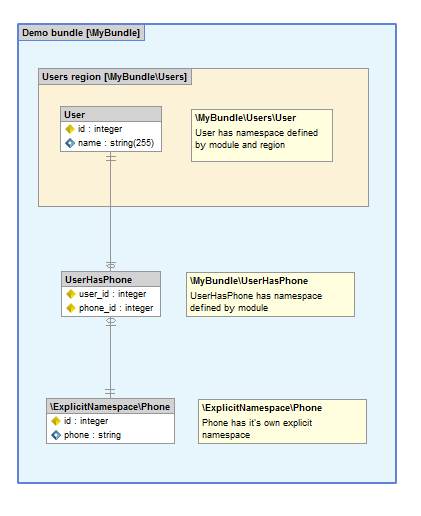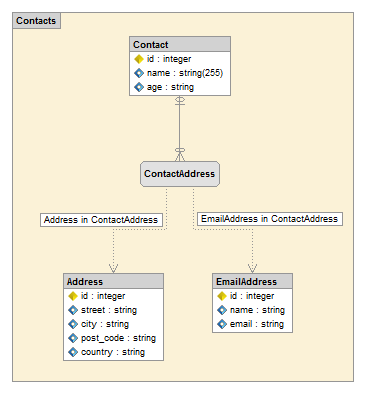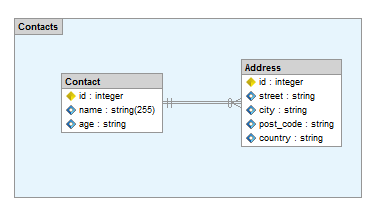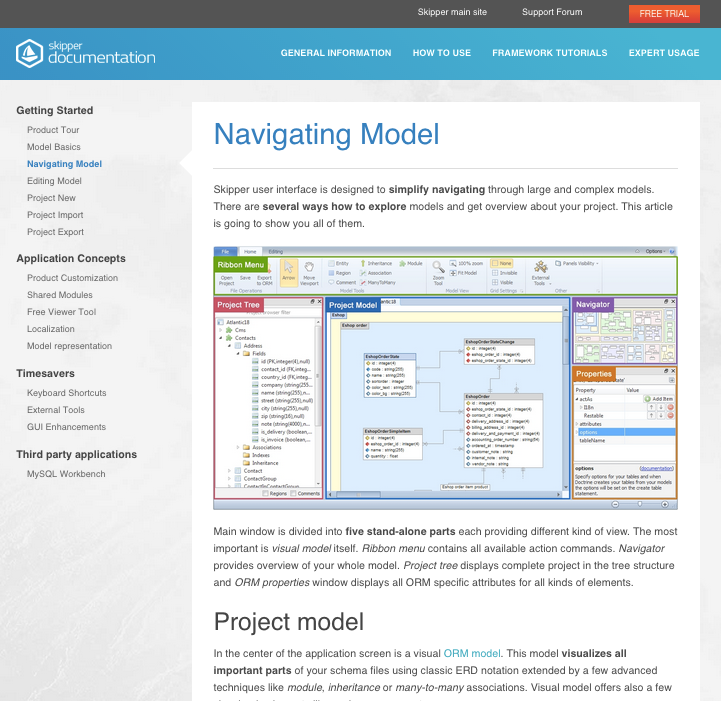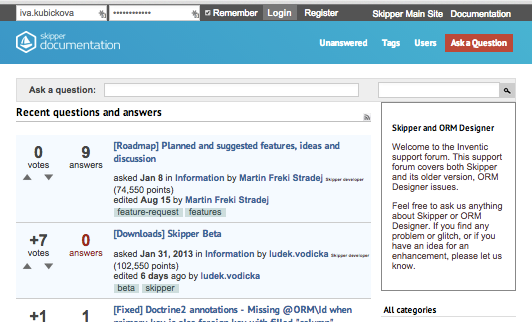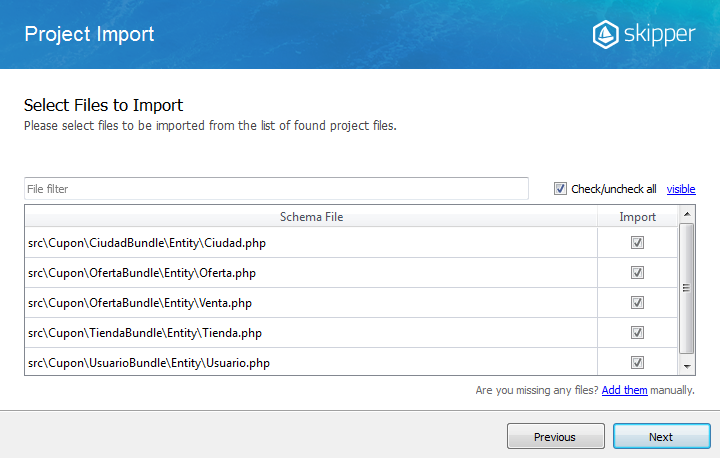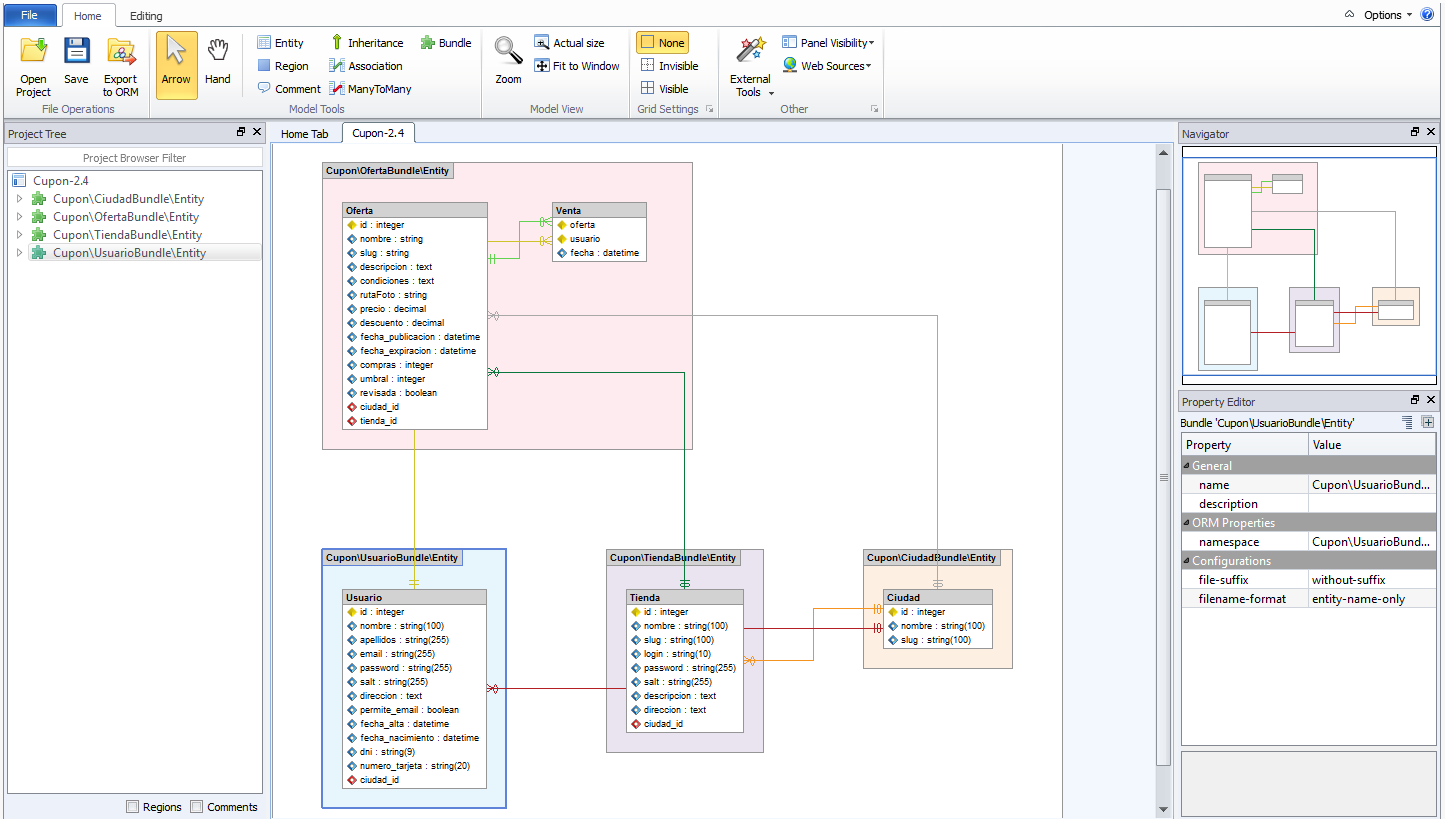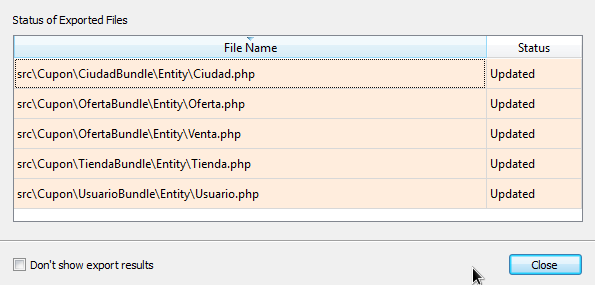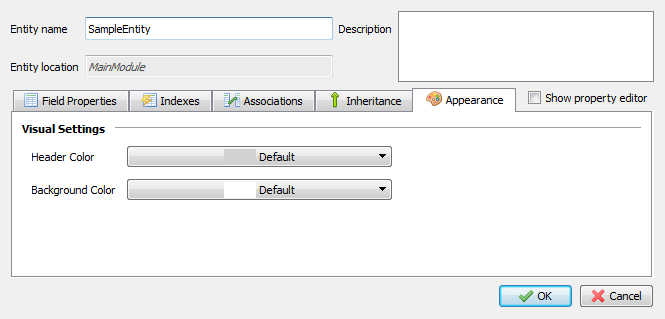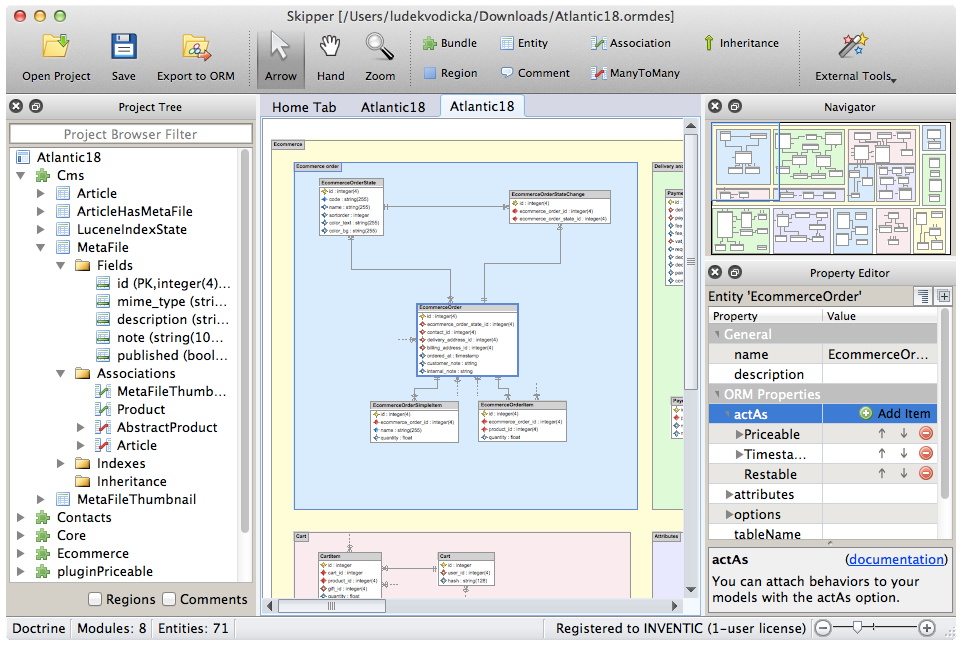Sorry for too many emails
Hi,
I’m writing this article to explain today’s email madness. My name is Ludek Vodicka and I’m chief developer of Skipper application.
As first, I would like to apologize to all of you who received about 20-50 emails with our newsletter today. Fortunately it was only small number of our users in compare with the whole email address list, but still we are really sorry for this inconvenience.
The reason for this issue was simple. Migration from Mandrill emailing service to different one - SparkPost. We utilize Mandrill for several years and we were very satisfied with that. With their friendly pricing policy we used Mandrill for any of our projects as well as for all internal notifications (from Jenkins, license server,…).
Unfortunately 14 days ago, Mandrill and Mailchimp announced that they don’t want to offer transactional mailing server and want to focus to campaigns only. This together with drastic price increase had forced use (like thousands of other Mandrill users) to search and swap to another mailing server provider.
After a long search we decided for SparkPost. After a week of testing and migrations we decided to perform a final test on our newsletter (common transaction emails, trial emails, etc. were already tested and handled via SparkPost).
But although SparkPost guarantee of 20.000 emails/day, when counter reached 12.000 emails, SparkPost started to report “quota exceed” error. Our campaign server wasn’t prepared for this (because we had limit set to 20.000, which should be fully sufficient for this campaign).
When our server received this new type of error, it tried to deliver it again, so SparkPost again reported “quota exceed”. To problem was that although SparkPost returned this error, emails were still being delivered to you.
It took about 10 minutes to us to notice that something wrong is happening but during these 10 minutes some of you received all these emails. Now, we’re working on better mechanism to prevent such error again in the future. Also we reported this issue to SparkPost and waiting for their response.
As sorry for all of you who was impacted with this email flood I’m offering you 20% discount for your next purchase. Feel free to write me from impacted email to [email protected] and I will send you the discount coupon.
I hope that despite these troubles you will still like our software and be looking forward to next updates :-)
Thank you for your understanding
Ludek Vodicka

